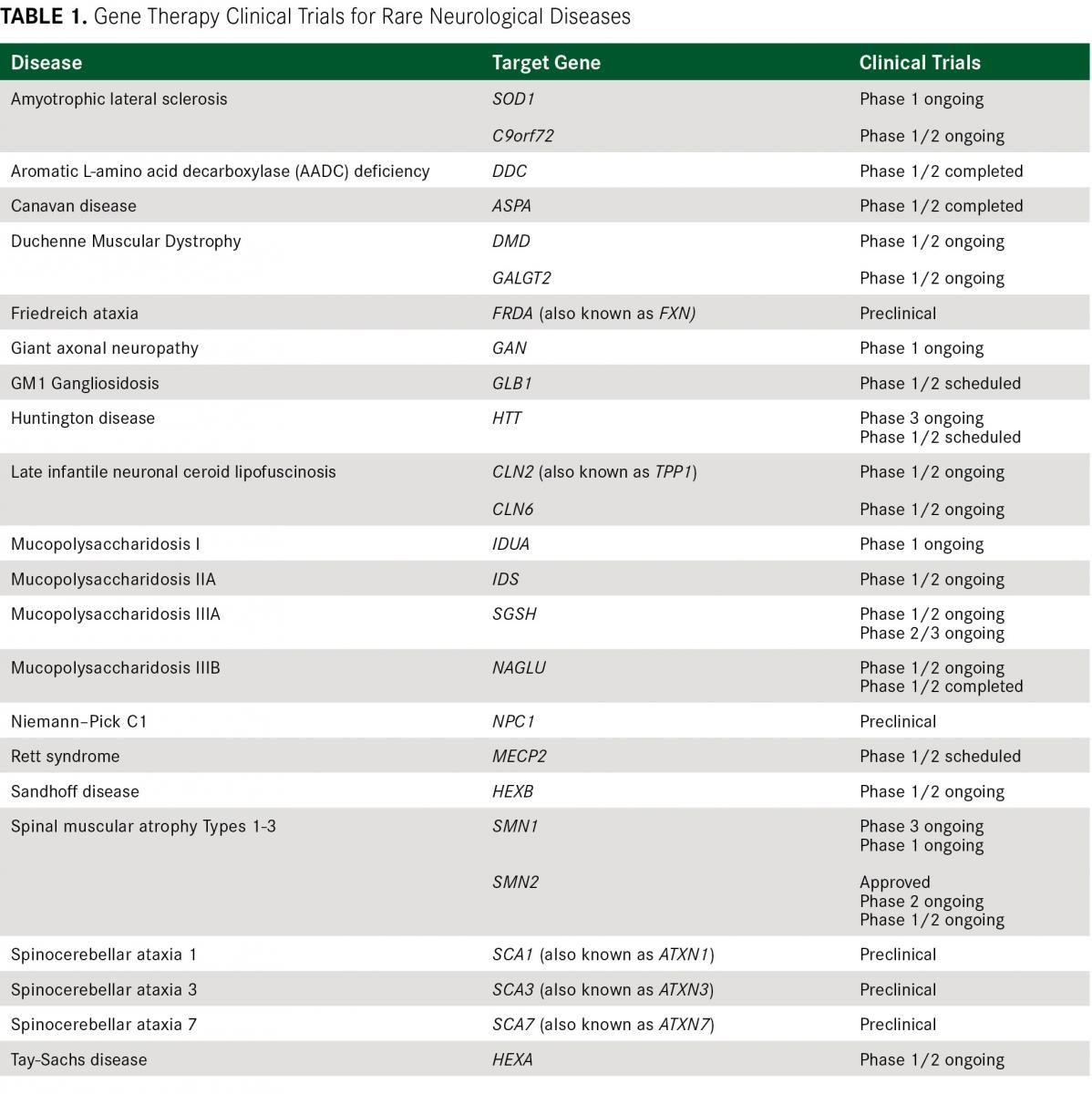Article
Rare Neurologic Diseases Are Not Truly Rare
Author(s):
Despite being labeled as rare diseases, a number of neurologic conditions impact more patients than most would believe. The consultant with expertise in ophthalmology, gene therapy, and rare and orphan diseases, chimed in about how these diseases can often be overlooked.
Christina M. Ohnsman, MD, a medical writer and consultant with expertise in ophthalmology, gene therapy, and rare and orphan diseases, and president of CMO Medical Communications, LLC

Christina M. Ohnsman, MD
“When you hear hoofbeats, think horses, not zebras.”
What doctor hasn’t learned this mantra during training? But what if it is a zebra?
I recently caught up with my friend, Jane, whose symptoms had baffled her doctors for 9 years. She was misdiagnosed numerous times and was told by several well-respected specialists that her intermittent spasticity, gait problems, and other movement disorders were all in her head. She had actually begun to believe that she had a mental illness. Finally, she connected with a specialist who suspected and confirmed that she has a rare neurological disease, dopa-responsive dystonia. For the first time in decades, she had the peace of knowing her real diagnosis, available treatment, and prognosis.
Like Jane, patients with rare diseases see up to 8 physicians and receive 2 to 3 misdiagnoses over the course of 5 to 7 years before receiving a correct diagnosis.1 In addition to this difficulty in reaching an accurate diagnosis, patients with rare diseases often feel isolated and abandoned by the healthcare system, just as Jane did.2
You may reason that the likelihood of seeing a patient with a rare disease is, well, rare. So, how rare is a rare disease? In the United States, a rare disease is defined as a condition that affects fewer than 200,000 people.3 However, there are an estimated 7,000 rare diseases, affecting a total of 25-30 million Americans.3 In other words, while each rare disease is rare individually, nearly 1 in 10 Americans is living with a rare disease! Therefore, it is likely that you have these patients in your practice on a regular basis.
For example, my solo pediatric ophthalmology practice was small by anyone’s standards, yet I saw a number of patients with rare diseases. Recent advances would have enabled me to recognize even more of these patients. That’s why keeping up with medical advances is vital for all physicians. It’s important to do CME outside of our comfort zones, to learn what’s new and refresh our memories. This is especially vital as novel therapies are changing treatment paradigms for previously untreatable, devastating diseases. For example, gene therapy is on the horizon for the rare neurological diseases (see: Table), offering hope to these patients for the first time in history. Missing these patients would lead to tragic consequences.
But let’s be honest: no one can be an expert on everything, especially rare diseases that we may never see in our entire careers. I’ve often said that humility makes a doctor safe, so it’s important to recognize what we don’t know. That means being open to the possibility that a patient has something unusual, and being prepared to promptly send that patient to an expert. Furthermore, if the patient doesn’t get an answer from that expert, it’s especially important to help them find another expert until an accurate diagnosis is made.
In this era of precision medicine, many rare diseases will become easier to diagnose through genetic testing, but this isn’t a one-size-fits-all solution. While it’s estimated that 80% of rare diseases are genetic in origin, another 20% are not.4 Unlike the straightforward interpretation of most lab tests, current genetic screening techniques may be inconclusive, revealing sequence variants of unknown significance (VUS) that may or may not be pathogenic. This will improve as more genetic variants are classified. Results need to be interpreted in a clinical context to avoid errors in diagnosis, requiring a level of expertise primarily found in superspecialists and medical geneticists.5 Despite these precautions, early referral for genetic testing is often a patient’s best hope for accurate diagnosis and access to emerging treatments like gene therapy. This again supports the need to consult a specialist promptly when you suspect a rare disease.
So, the next time you hear hoofbeats, by all means, think horses. But if everything doesn’t add up to a horse, don’t stop there. Think zebra. Do additional research, consult an expert, and if necessary, consult another expert. Patients like Jane are depending on you.

Christina M. Ohnsman, MD, is a medical writer and consultant with expertise in ophthalmology, gene therapy, and rare and orphan diseases. As president of CMO Medical Communications, LLC, she remains dedicated to her consistent, passionate focus on improving patients’ lives.
REFERENCES
1.
Shir
e. Rare disease impact report: Insights from patients and the medical community. 2013.
2. Rare Disease Day 2013: Frequently asked questions. Available at: http://rarediseaseday.us/wp-content/uploads/2011/11/RDD-FAQ-2013.pdf
3. FAQs About Rare Diseases. National Institutes of Health website. Available at: https://rarediseases.info.nih.gov/diseases/pages/31/faqs-about-rare-diseases.
4. RARE Diseases: Facts and statistics. Global Genes website. Available at: https://globalgenes.org/rare-diseases-facts-statistics/
5. Moore T, Burton H. A needs assessment & review of specialist services for genetic eye disorders: Report for the United Kingdom Genetic Testing Network (PHG Foundation) 2008.




